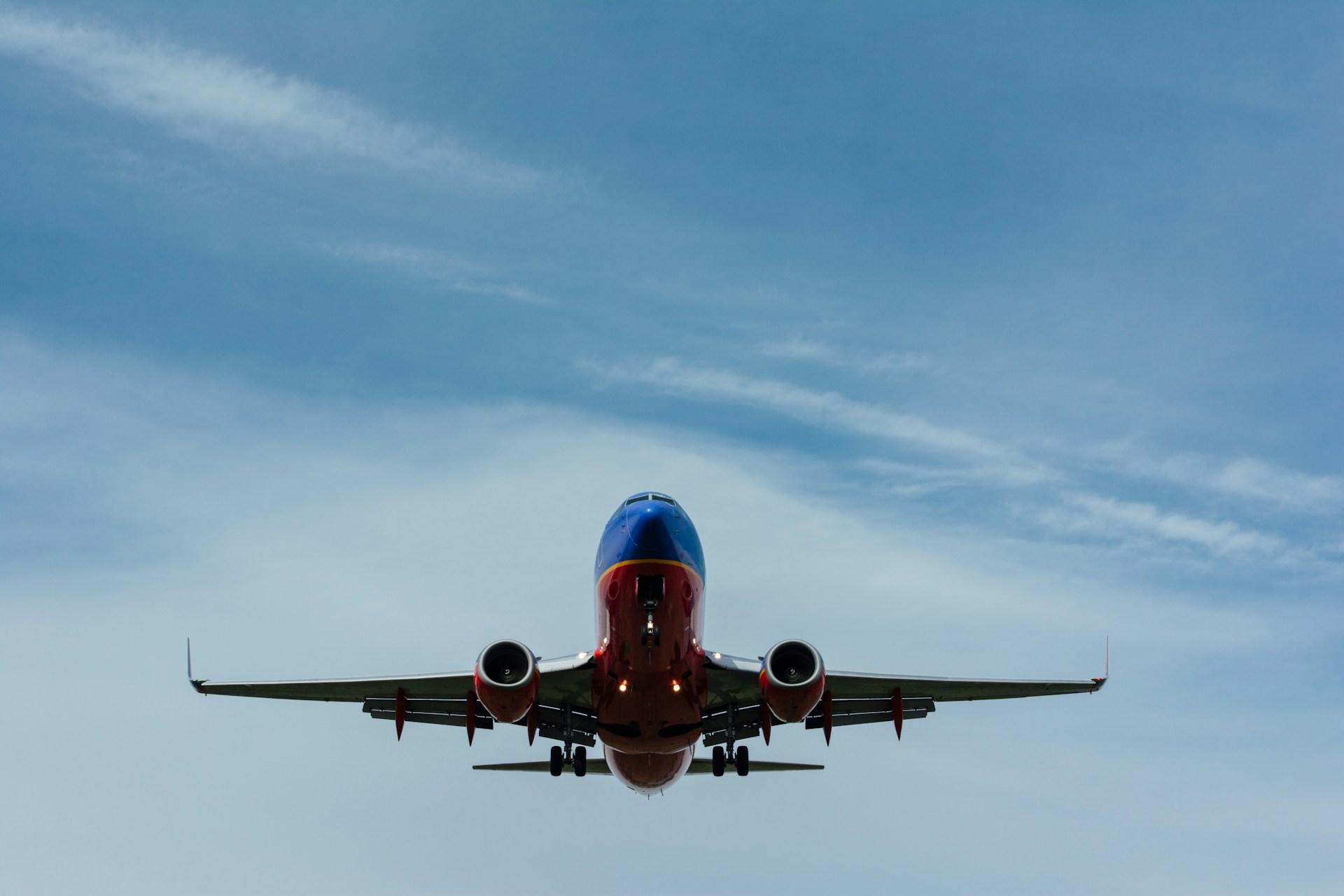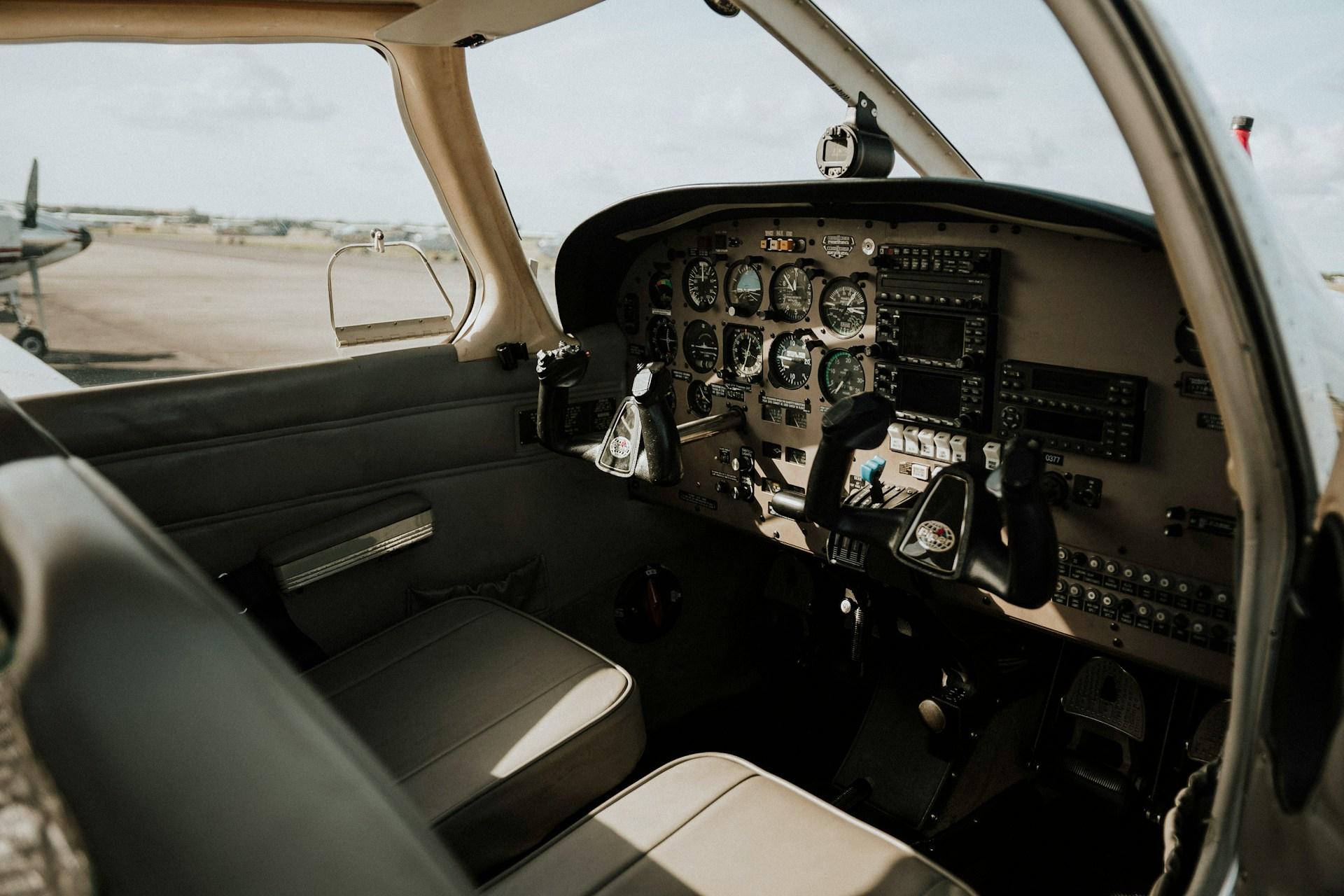While flying is generally considered the safest mode of travelling, turbulence can be a nerve-wracking experience for passengers. Turbulence occurs when planes encounter strong wind currents that shake the aircraft, causing it to jolt and sway.
It can cause passengers to experience discomfort, anxiety, and in severe cases, injuries due to sudden movements. Items onboard may shift or fall, adding to the chaos.
However, despite these unsettling effects, modern aircraft are designed to withstand turbulence safely, and pilots are trained to navigate through it with minimal impact on passengers.

Turbulence refers to irregular and often unpredictable air movements that can occur during flights. It is caused by various factors such as atmospheric pressure changes, jet streams, or air masses colliding.
It can cause the aircraft to shake, bounce or experience sudden drops in altitude, which can be uncomfortable for passengers.
There are multiple safety measures put in place to ensure aircraft can navigate through turbulence safely.
For starters, pilots are extensively trained to manage various flying conditions including turbulences. They follow specific rules designed to ensure the safety of all passengers and crew during turbulent flights.
Besides, while airlines use weather forecasts to choose the best routes with minimal air disturbance, pilots are always updated on the weather during flights, allowing them to change paths if need be. Not to mention the safety policies that require passengers to keep seatbelts on while seated to stay safe in case turbulence hits unexpectedly.
When it comes to aircraft designs, almost nothing beats the advanced features modern planes are equipped with that help enhance safety and comfort during turbulence. This includes flexible wings and strong bodies that can deal with shaking.
The flight control systems nowadays use high technology that helps pilots fly steadily too. If you are a frequent flier, you have probably also noticed the interior designs of the cabins. These are made to keep people safe and comfy during turbulence. The materials and layout are specifically chosen to reduce bumps and protect passengers.

While turbulence is a common occurrence during flights, it rarely causes accidents resulting in severe injuries or aircraft damage. Historically, there have been no recorded incidents of a plane being brought down solely by turbulence. However, it can still pose risks.
In some instances, severe turbulence has led to injuries among passengers and crew. For example, in 1997, a United Airlines flight encountered severe turbulence over the Pacific Ocean, leading to several injuries and damage to the interior of the aircraft.
One of the most recent incidents was in 2019, when an Air Canada flight experienced unexpected turbulence, resulting in injuries to passengers and crew members.
Ultimately, while there are no records of turbulence, on its own, causing any commercial aircraft to be brought down or crash, it is still important to observe the safety measures such as staying calm and seated with seatbelts on during turbulence, to prevent any potential injuries.
Turbulence is a natural part of flying and cannot be completely avoided. As earlier mentioned, it is caused by various factors including air currents, weather conditions, and even flying over mountains.
Pilots and airlines use various strategies to minimise its impact on flights. For example, they try to avoid turbulence by flying at higher altitudes or navigating around stormy areas detected by radar.
They also use weather forecasts to plan routes that avoid areas with expected turbulence. In cases of unpredictable turbulence, such as clear-air turbulence, pilots are usually required to navigate through it cautiously.
If you want the latest information on the best Hotel Executive Club Lounges, Hotel Kids Clubs and other travel information, be sure to sign up for our free newsletter full of tips and great travel ideas.